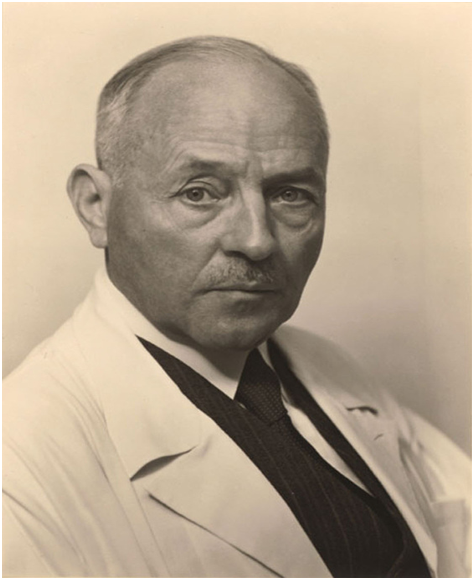

WHAT IS EPIDERMODYSPLASIA VERRUCIFORMIS?

Epidermodysplasia verruciformis (EV), also known as Treeman Syndrome,
is an extremely rare autosomal recessive hereditary skin disorder associated with a high risk of skin cancer.
It is characterized by abnormal susceptibility to human papillomaviruses (HPVs) of the skin. HPV is a virus with subtypes that causes diseases in human.
HPV most common sexually transmitted infection. HPV is usually harmless and goes away by itself, but some types of HPV can lead to cancer or genital warts.
The resulting uncontrolled HPV infections result in the growth of scaly macules and papules resembling tree bark, particularly on the hands and feet.
It is typically associated with HPV types 5 and 8, which are found in about 80% of the normal population as asymptomatic infections,
although other types may also contribute.
In medicine, a disease is considered asymptomatic if a patient is a carrier for a disease or infection but experience no symptoms.
A condition might be asymptomatic if it fails to show the noticeable symptoms with which it is usually associated.
The condition usually has an on set of between the ages of one and 20 but it can occasionally be present in middle age.
The condition is also known as Lewandowsky-Lutz dysplasia, named after the physicians who first documented it, Felix Lewandowsky and Wilhelm Lutz.
EV is an extremely rare genetic disorder first documented by Felix Lewandowsky and William Lutz in 1922.

|

|
| Felix Lewandowsky | Wilhelm Lutz |
Scientists don't know the exact number of people who have EV. About 600 have been reported in medical literature since EV was first identified by researchers in 1922.